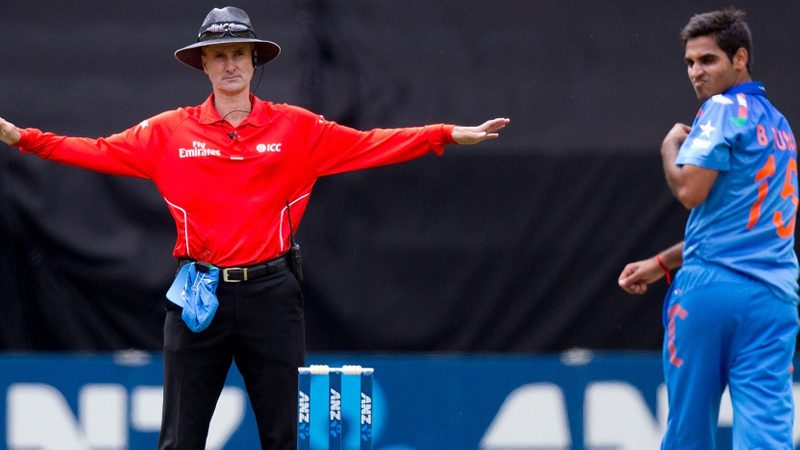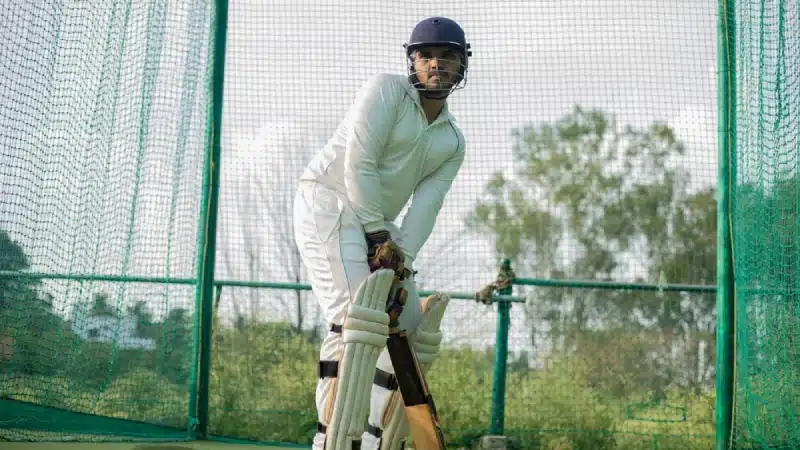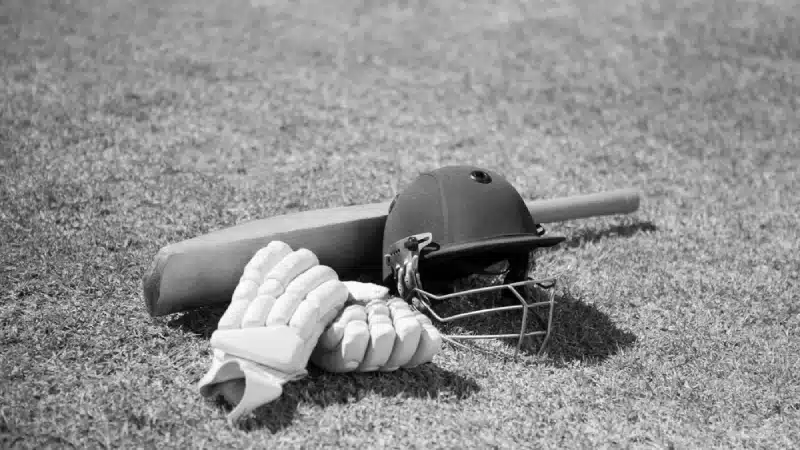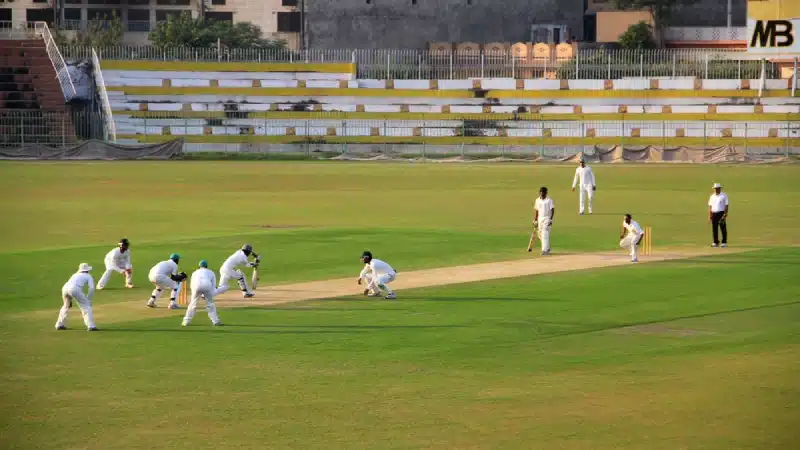
Much has been made in some quarters of Bhuvneshwar Kumar not finding a place in the India squad for the World Test Championship final against New Zealand and the subsequent five-match Test series against hosts England. It has been said that Bhuvneshwar’s natural ability to swing the ball would have been a huge asset in English conditions.
It has also been suggested that his would have been the first name in the pace attack on the team sheet had he only been interested in playing Test cricket. This suggestion prompted Bhuvneshwar to publicly clarify that he had always prepared himself for all three formats of the game irrespective of team selection and would continue to do the same. That is certainly how a professional, experienced, international-level athlete should prepare himself.
However, mere willingness, or the perceived absence of it, to play Test cricket on Bhuvneshwar’s part cannot alone guarantee him, or automatically rule him out of, a spot in the Indian team.
Perhaps those making a spot for him seem like a foregone conclusion are not familiar with the Indian Test pace attack’s recent history, and that of Bhuvneshwar’s as well. A quick glance at a few facts might make things clearer.
Bhuvneshwar has not played Test cricket since the Johannesburg game against South Africa in January 2018. That’s nearly three and a half years ago. What’s more, his previous first-class match that was not a Test was a Ranji Trophy game for Uttar Pradesh against Mumbai way back in November 2016. That is more than four and a half years ago.
Someone who has lost his place in the Test side more than three years ago, and someone who has not played a single representative first-class match outside the national team in nearly half a decade cannot remotely be considered an automatic selection.
Forget India, even Uttar Pradesh have long moved on from their star bowler, with a young crop of pacers led by Ankit Rajpoot, and promising names such as Shivam Mavi, Shubham Mavi and Yash Dayal.
Also, since the Johannesburg Test – Bhuvneshwar’s last – three of the seven fast bowlers in the world with the best averages are Indians (minimum 10 Tests played in the period) – Umesh Yadav, Ishant Sharma and Jasprit Bumrah. The one not among this trio – Mohammed Shami – is the most successful Indian fast bowler in the same period, with 70 wickets in 20 Tests.
The back-up force of Mohammed Siraj and Shardul Thakur have been impressive in the few opportunities they have got for India. Moreover, since January 2018, Siraj is the second-most successful Indian fast bowler in all first-class cricket, his 111 wickets at an average of 25.07 puts him behind only Jaydev Unadkat.
This is an attack that has, since Bhuvneshwar’s exit, twice outbowled Australia in Australia. Who among these six – Bumrah, Ishant, Shami, Umesh, Siraj and Thakur – could the selectors have left out to accommodate someone who not only has zero multi-day form to speak of, but also has a history of breaking down regularly?
Bhuvneshwar continues to be an asset for India in white-ball cricket but where is the evidence that he can still be that in red-ball? It is misleading to point to his 2014 England tour average of 26.63 to claim he would have dominated there seven years later in 2021. He just does not have the body of work since in multi-day cricket for such a claim to carry any weight.
Maybe he remains interested in adding to his 21 Test matches. Maybe he isn’t. Maybe some are still not able to give up the idea of what a great swing bowler he could have been in Test cricket, after similar hopes were once dashed by Praveen Kumar. It does not change the conclusion that Bhuvneshwar Kumar didn’t warrant a spot on the plane to England.
Written by Abhishek Purohit
Featured Image: AFP/ Marty Melville




















